
Curiosity often leads you to seafood that seems healthy or responsibly sourced. However, what looks like a nutritious catch might hide a long trail of toxins, fraud, or environmental harm. You’ll find this list helpful if you care about what goes in your body and what happens in our oceans. It contains 20 kinds of seafood you should be cautious about.
Bluefin Tuna
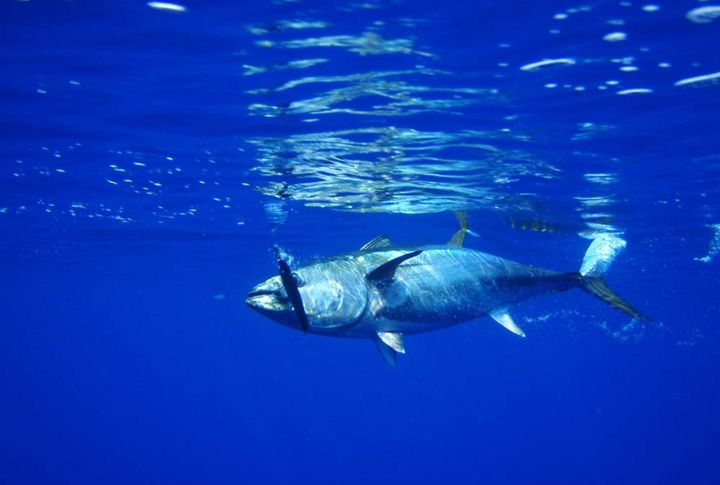
Skip this delicacy if sustainability matters to you. Once revered in Japanese cuisine, bluefin populations dropped by over 96% due to overfishing. Sushi lovers worldwide fueled its decline. Even if it looks fresh on your plate, its backstory isn’t. Why risk supporting extinction in progress?
Swordfish

Mercury runs deep in this apex predator caught in the Atlantic and Pacific. Swordfish absorb toxins from the entire food chain. Young children and pregnant women face the highest risk. Want a safer swap? Try smaller, short-lived species like sardines. You’ll taste the difference and sleep better.
King Mackerel
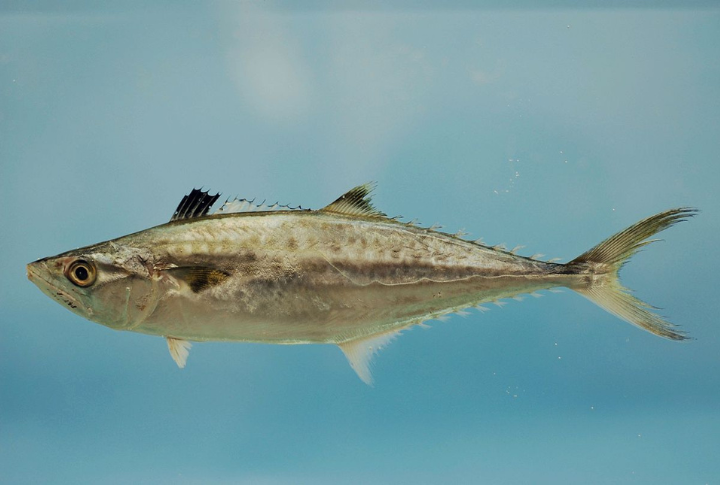
While king mackerel is high in flavor, it’s also dangerously high in mercury. Found off southern U.S. shores, this fish accumulates toxins fast. Long-term consumption can impair memory and movement, and you know your brain deserves better than this.
Shark
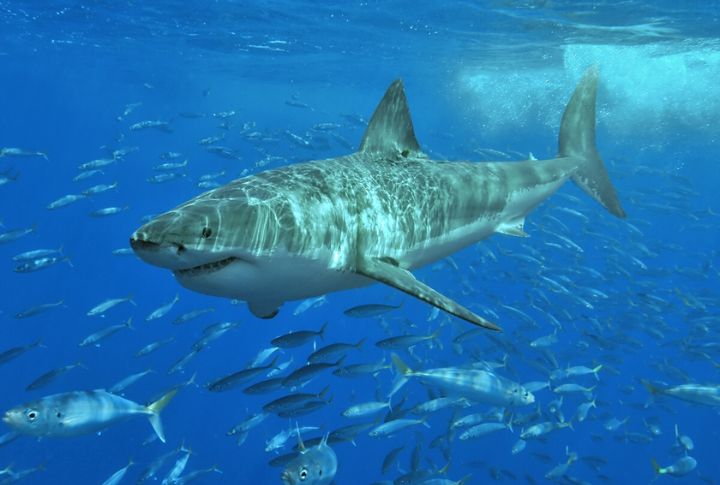
Powerful swimmers, but poor menu choices. Sharks live long and grow slowly, storing mercury and PCBs like biological filing cabinets. Eat one, and you eat decades of toxins. Plus, removing top predators shatters the ocean’s balance. Keep them swimming if your health and marine life matter.
Orange Roughy

Originally called slimehead (no joke), this fish can live over 150 years. Can you imagine dining on something older than photography? That lifespan means slow breeding and quick depletion. By the time it lands on your plate, a population somewhere might be facing serious decline.
Chilean Sea Bass (Patagonian Toothfish)

Illegal fishing haunts this high-end entree. Patagonian toothfish took a more appealing name, “Chilean sea bass,” in the ’70s. Its taste may wow you, but not its paper trail, as imports often lack transparency. So, do some research before ordering.
Tilefish
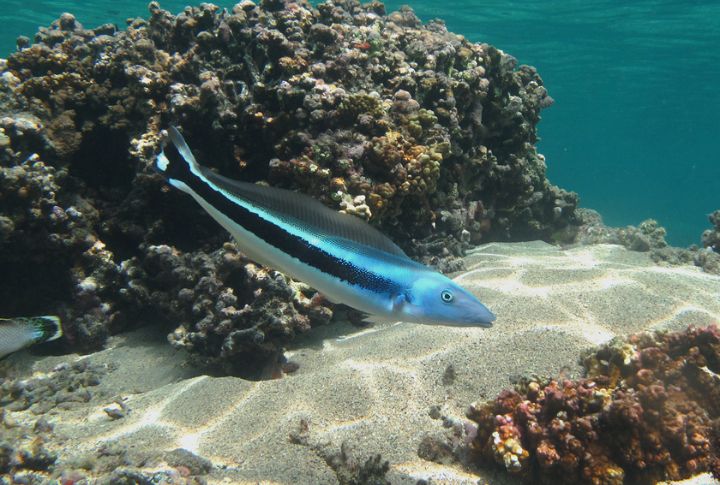
This deepwater dweller, especially from the Gulf of Mexico, ranks among the top mercury-laden fish. Government advisories urge pregnant women to avoid it. When you’re feeling adventurous, don’t let that curiosity turn toxic. Choose something with a cleaner reputation instead.
Atlantic Cod
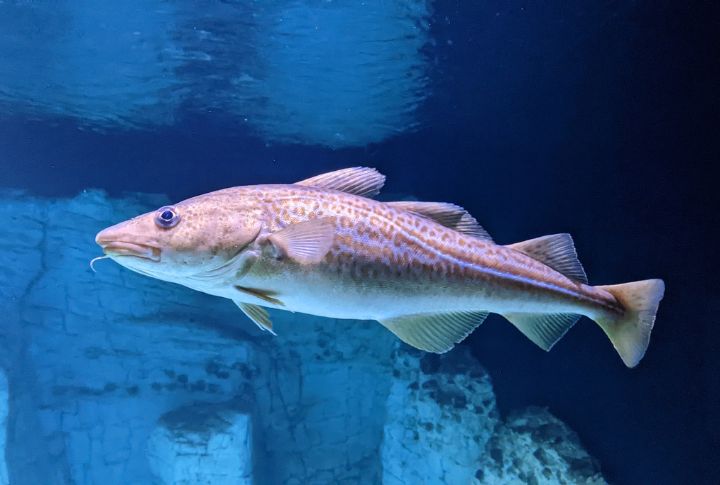
Centuries ago, cod was so abundant that it fueled entire empires. Today, decades of overfishing have affected its populations. Some regions still struggle to recover despite tighter regulations. Want to help? Skip cod-heavy dishes like fish and chips unless they’re certified sustainable.
Imported Farmed Shrimp
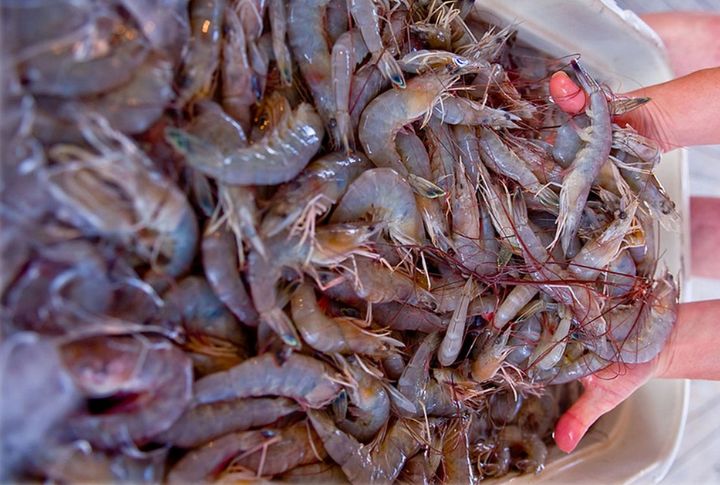
Farmed shrimp from countries like Thailand and Vietnam often come with antibiotic residue, labor concerns, and ecosystem damage. Think of mangroves bulldozed for profit. These crustaceans are tiny but may bear massive consequences. Without traceability, you can’t tell what’s really on your fork.
Imported Farmed Salmon

Behind the pink flesh lies a murky world of disease outbreaks and dye-enhanced color. Farmed salmon from Chile or Norway often rely on chemicals and fishmeal. Wonder why your filet doesn’t taste quite right? You might be chewing on more than just fish.
Eel (Unagi)
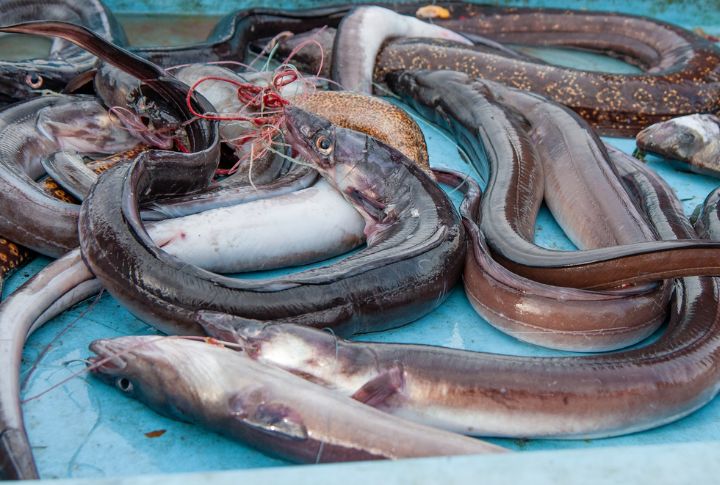
Unagi, a prized dish in Japan, comes from endangered freshwater eels. Captured young and exported globally, their populations are now plummeting. Just because it’s traditional doesn’t mean it’s sustainable. When craving unagi, check labels or skip it entirely. You’ll protect a species on the brink.
Grouper
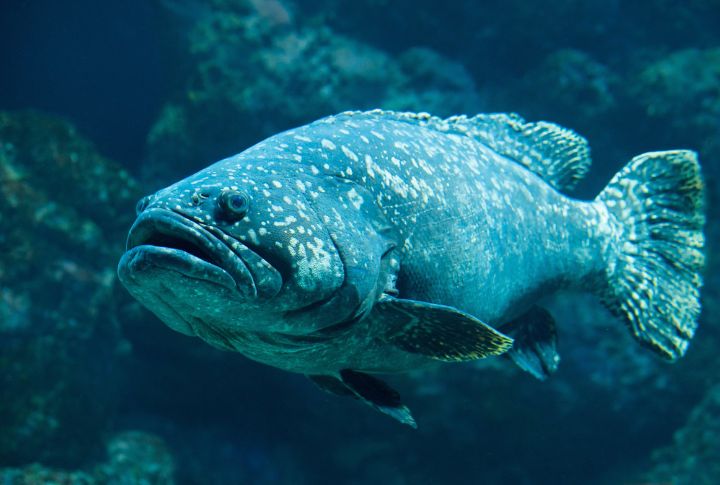
Overfishing is just the beginning. Grouper are large, slow-growing fish found near reefs—easy targets for spearfishers and trawlers alike. Some carry ciguatera toxins, which can cause months of nerve symptoms. To enjoy reef fish safely, learn what’s local and in season first.
Monkfish
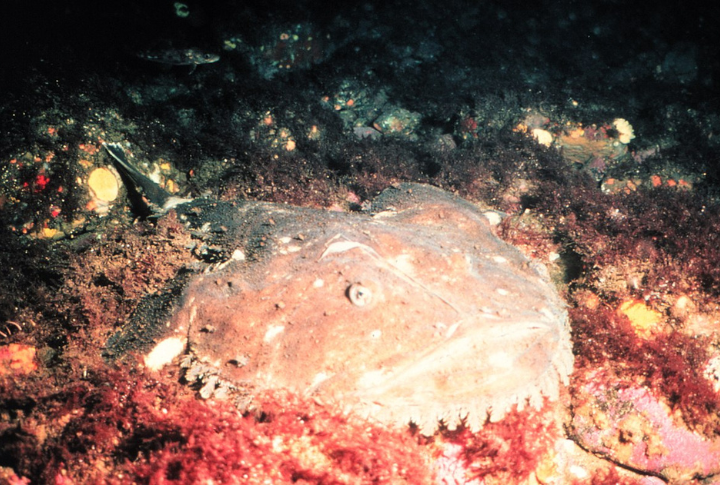
Nicknamed “the poor man’s lobster,” monkfish hide ugly truths beneath their ugly mugs. When harvested using bottom trawls, their capture devastates seafloor habitats, and that destruction doesn’t show up on the menu. Next time you’re tempted, ask how it’s caught. Your curiosity makes a difference.
Red Snapper

Red snapper is one of the most fraudulently sold seafoods in the U.S. It is often swapped with cheaper species. Real snapper faces overfishing threats in the Gulf. So, it’s best to trust the source, not the color. Without verification, you’re gambling with the species population.
Atlantic Halibut

As for Atlantic halibut, they grow huge (some over 600 pounds) and slowly. Slow growth also means slow recovery. Overharvesting has left their numbers fragile. Caught mainly in cold northern waters, it’s not easily replaced. When seafood vanishes, it’s not always the ocean’s fault. Sometimes, it’s ours.
Blue Whiting
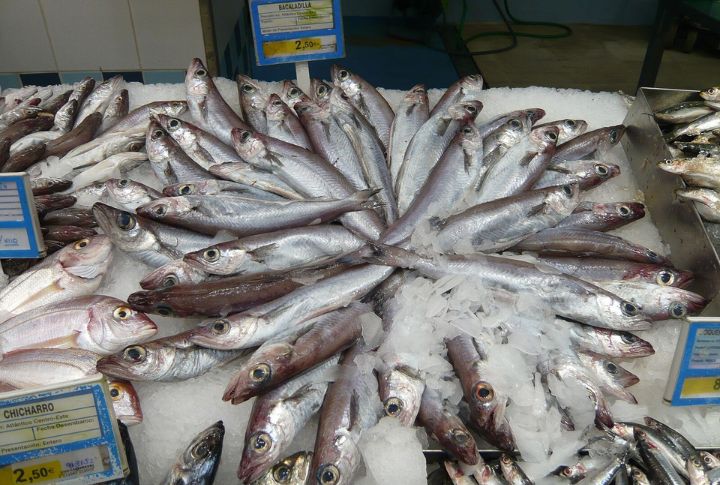
Tiny fish with a big role. Blue whiting feeds everything from puffins to predatory fish, yet trawling fleets remove them by the ton. Their loss ripples through the ecosystem like dominoes. Therefore, before brushing it off, consider this: removing the little guys destabilizes the entire food chain.
Scallops
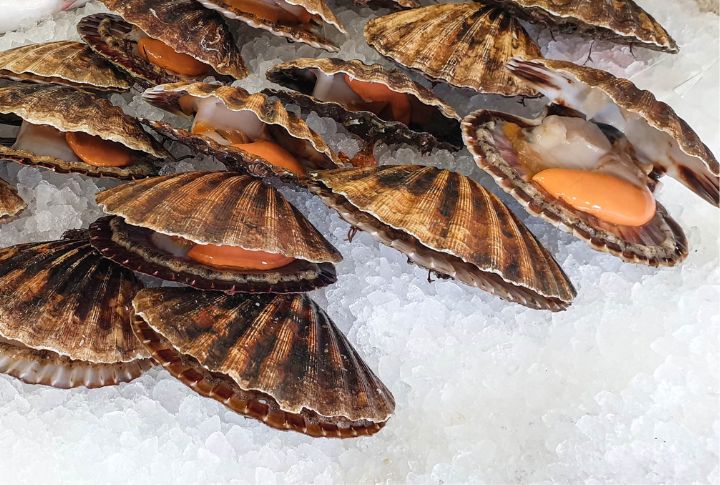
Harvesting scallops often means dragging metal dredges across the seafloor—imagine plowing a coral garden with a bulldozer. That method wipes out marine habitats, all for bite-sized rewards. Not all scallops are harvested destructively, though. Always look for diver-caught labels if you want your conscience clear.
Lobster
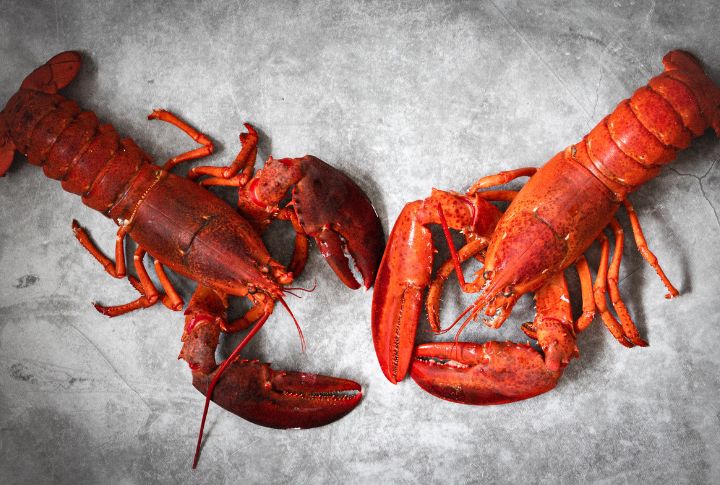
Traps may seem harmless, but they pose hidden dangers. In places like Maine, gear entanglement threatens endangered North Atlantic right whales. While lobster feels like a luxury, it leaves a tangled trail behind. Interested in ethical indulgence? Support ropeless gear or regional conservation programs.
Sea Bass

Deceptive names mislead diners. “Sea bass” can refer to dozens of species, many of which face overfishing or come from murky farms. That mystery on your plate could be black seabass or Vietnamese cobia. Transparency in seafood labeling is necessary for informed choices.
Tilapia
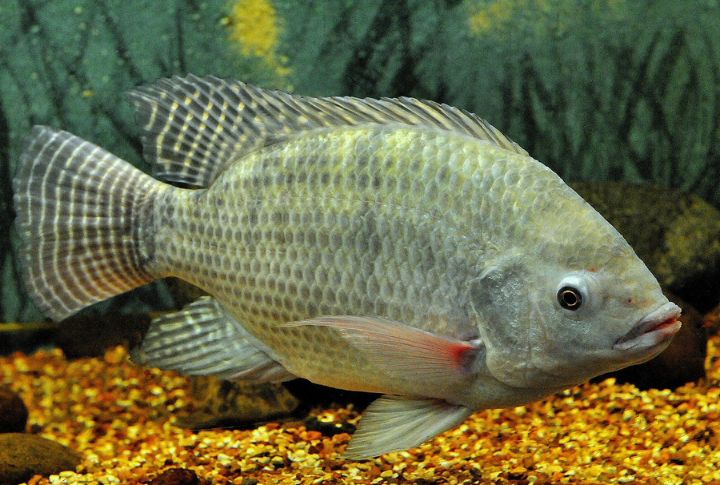
Fast-growing and affordable, tilapia sounds harmless—until you look at poorly regulated farms overseas. Some use wastewater and unmonitored chemicals. Grossed out yet? Domestic or certified options are cleaner. Until you find these options, it’s better to keep tilapia off your weekly rotation.
Leave a comment